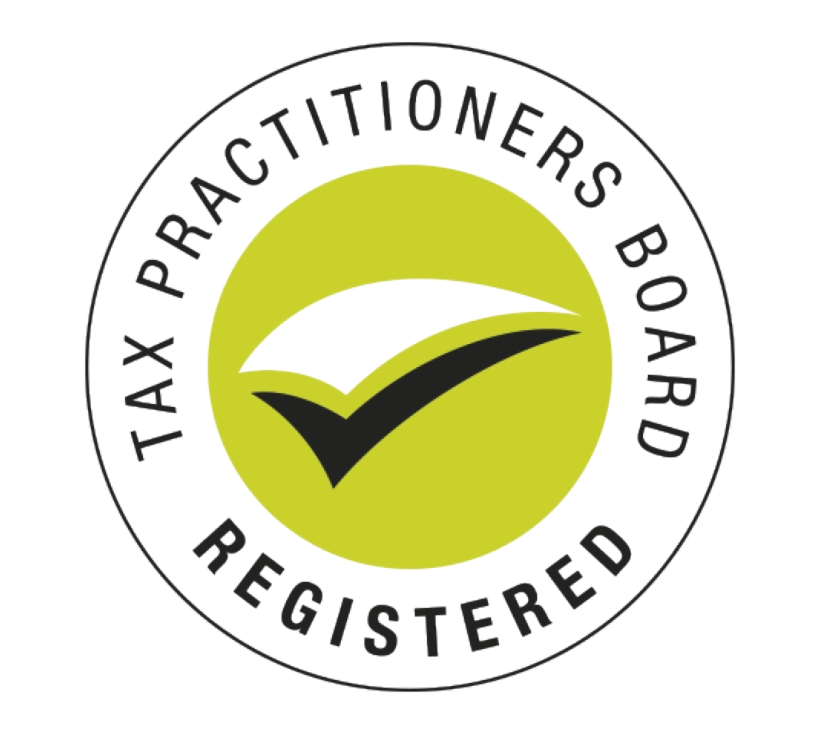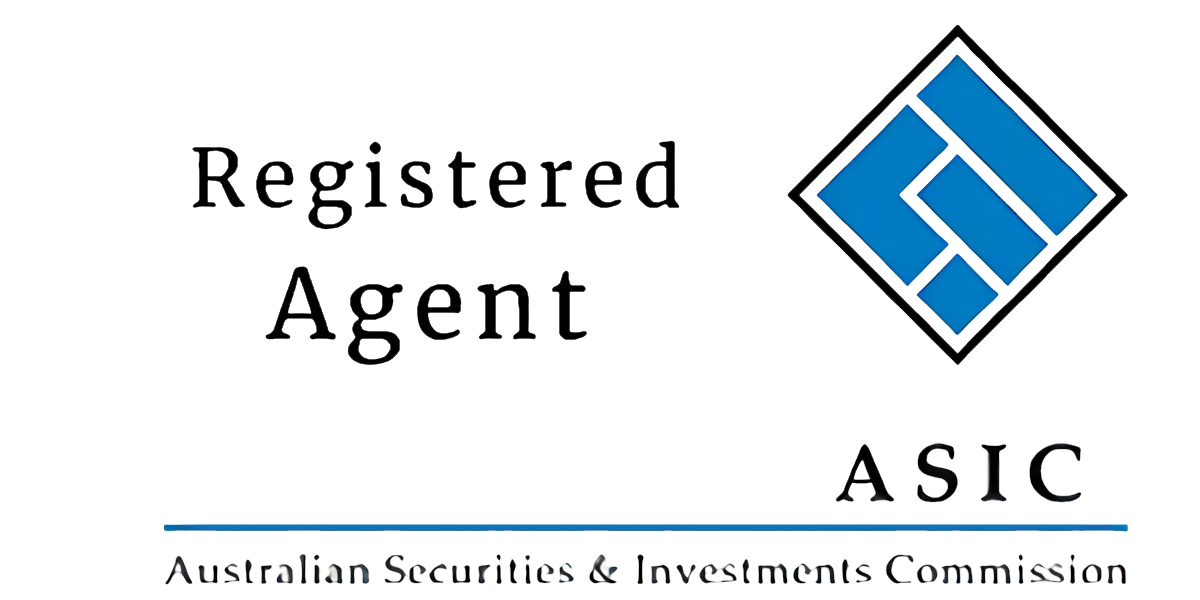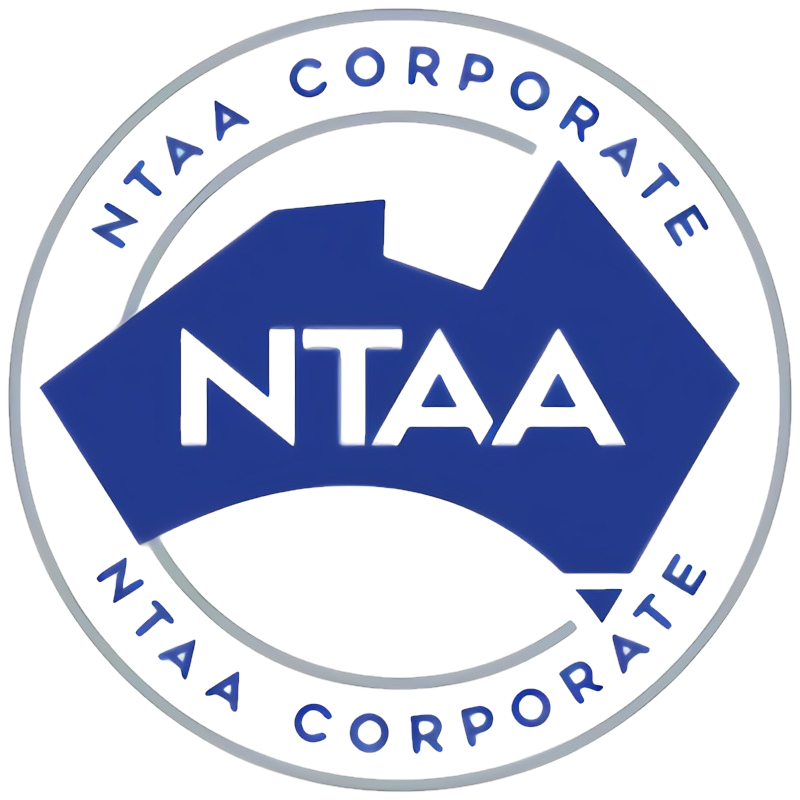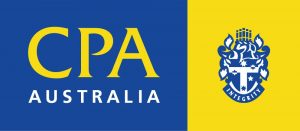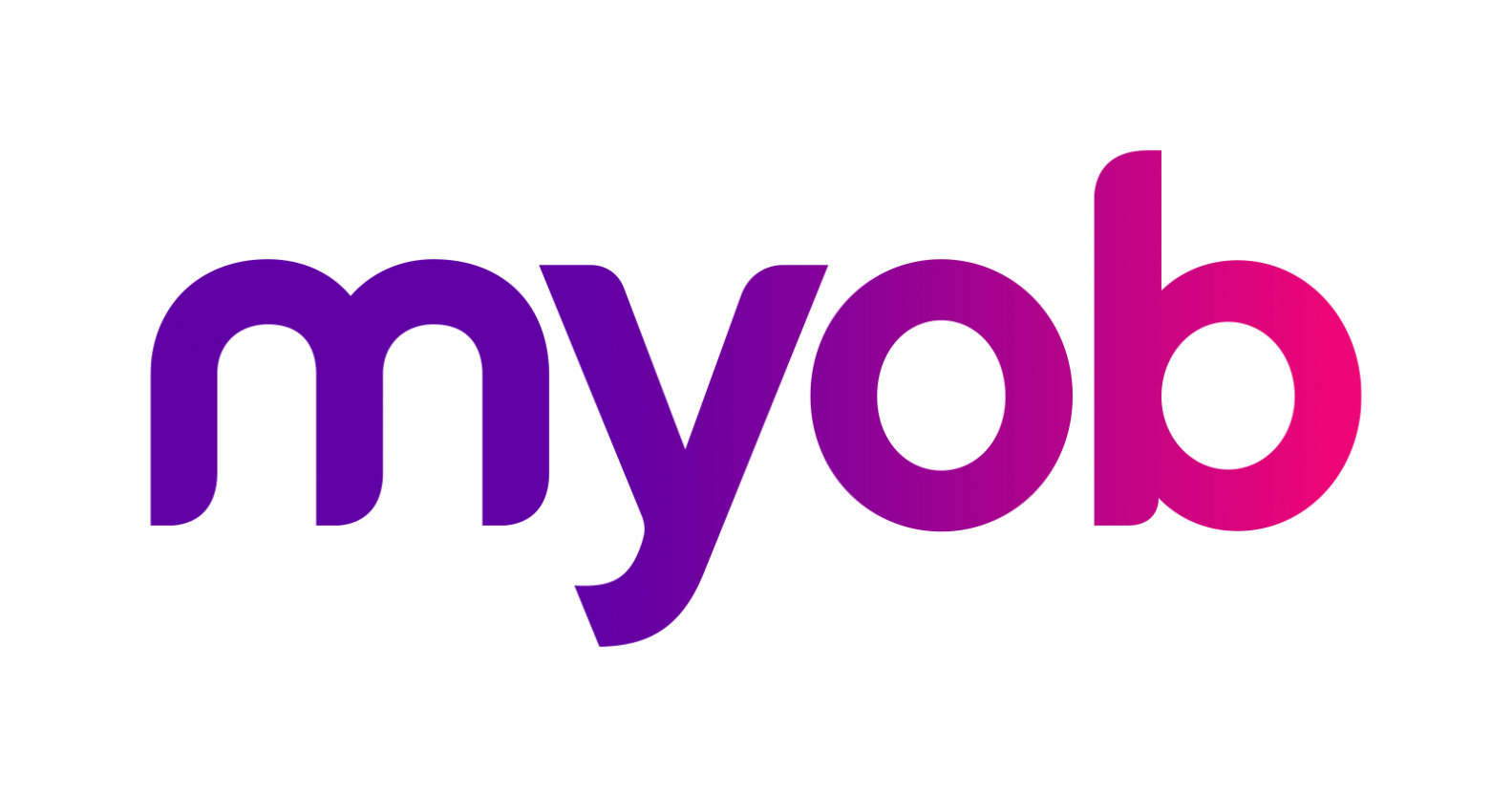The Government recently announced changes to repayments for the Higher Education Loan Program (‘HELP’) and other student loan schemes. It states that it is making the HELP and student loan repayment system ‘even fairer’ by changing the repayment system and increasing the amount people can earn before they are required to start repaying their loan.
The minimum repayment threshold will change from $54,435 in the 2024/25 to $67,000 in 2025/26.
The Government will also introduce a system where HELP repayments are calculated only on the income above the new $67,000 threshold rather than repayments being based on total annual income.
“This new repayment system means that people will only have to make student loan repayments when they can afford to do so. People will also make smaller repayments in the early years of their loan.”
Subject to the passage of legislation, this will take effect from 1 July 2025.
The Government also recently announced that it will reduce every Australian’s HELP or student loan debt by 20%. “Following the passage of legislation, the (ATO) will apply the one- off 20% reduction to an individual’s HELP or student loan account balance, before indexation is applied on 1June 2025.
“This means that indexation would apply only to the remaining loan debt balance, e.g. after the HELP debt has been reduced by 20%.”
________________________________________________________________________________________________________________
TPB’s annual report for 2023/24
The Tax Practitioners Board(‘TPB’) Chair, Peter de Cure, recently released the TPB’s2023/24 annual report, highlighting increased engagement with tax practitioners and taxpayers, combined with a focus on high-risk practitioners. He also emphasized that the majority of the 63,000 tax practitioners continue to act ethically and lawfully, and do the right thing. Some key highlights from the annual report include:
- improving professional standards, accountability and confidence in the system, with implementation of an expanded compliance program;
- completing 483 compliance cases as part of the expanded compliance program, addressing high-risk tax practitioners and their behaviours;
- supporting legislative reform, including supporting tax practitioners move to an annual registration cycle and publishing additional information on the TPB Register to assist consumers in making informed choices;
- delivering 21 educational webinars to over 52,000 attendees; and
- improving investigations capability to ensure timely and effective case completion, and reduce unnecessary disruptions to tax practitioners.
Looking ahead to 2024/25, Mr de Cure stated “the TPB will continue to undertake targeted compliance programs to address systemic risks.
“The TPB will also continue to assist the profession understand the new obligations with regards to the recent release of draft Code Determination guidance and ensure that the final guidance is both practical and supports tax practitioners.”
________________________________________________________________________________________________________________
Senate committee’s recommendations regarding NFP entities
A Senate committee has recently made various recommendations to the ATO regarding Not- for-profit (‘NFP’) entities lodging self-review returns.
The recommendations were made following the committee’s inquiry in relation to the implementation by the ATO of the requirement that certain non-charitable NFP entities, that self-assess as income tax exempt, must lodge an annual not-for-profit self-review return to confirm their eligibility to self-assess as income tax exempt from 1 July 2023.
The committee made the following recommendations:
- The Australian Government should introduce thresholds that exempt smaller, low-risk NFP entities from completing the self-review assessment, capturing only those with a turnover above a certain amount.
- The ATO should extend the deadline for the return of the NFP self-review assessment beyond 31 March 2025.
- The Government should explore the appropriateness and/or practicality of the Australian Charities and Not-for-profits Commission (‘ACNC’) managing the self- review assessment regime in place of the ATO.
- The ATO and the ACNC should work to harmonise their guidance on tax obligations for NFP entities, and the ACNC should update its online information on factors affecting the registration of NFP entities as charities.
- The ATO should undertake enhanced and results-focused consultation with the NFP sector, aimed at genuinely resolving challenges and uncertainties being experienced in the self-review assessment process. This would include extending the hours of the telephone helpline to better suit volunteers, ATO staff bringing laptops to town hall meetings to address registration issues in real time, and updating and sharing on the ATO website the information packs for treasurers of NFP entities that were previously available.
Editor: The committee had previously written to a range of individuals and organisations drawing their attention to the inquiry, inviting written submissions by 11 0ctober 2024.
Ref: Parliament of Australia website, ‘Not-for-profit entities – Tax assessments’, 4 November2024



